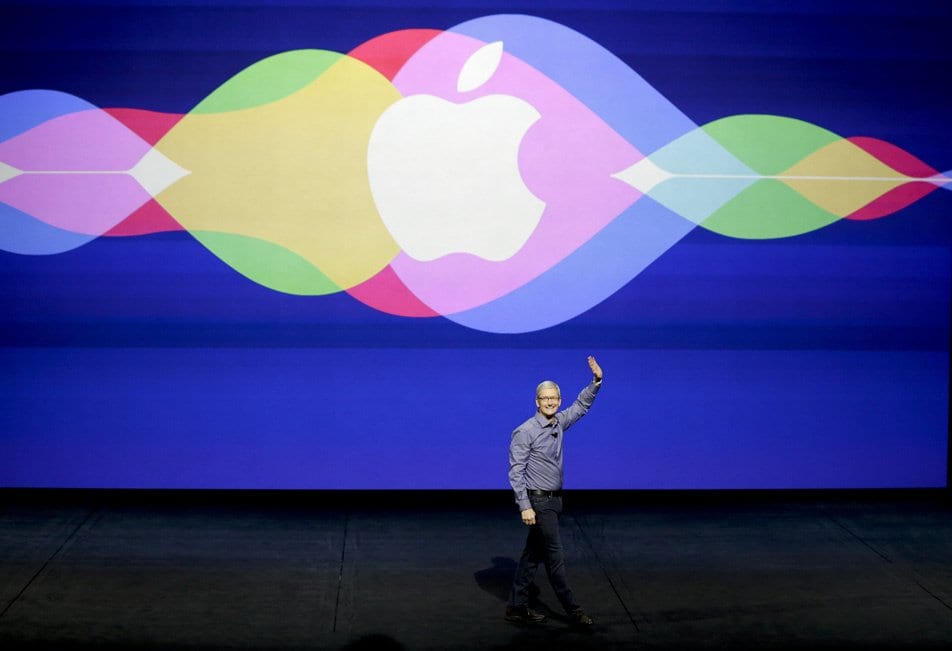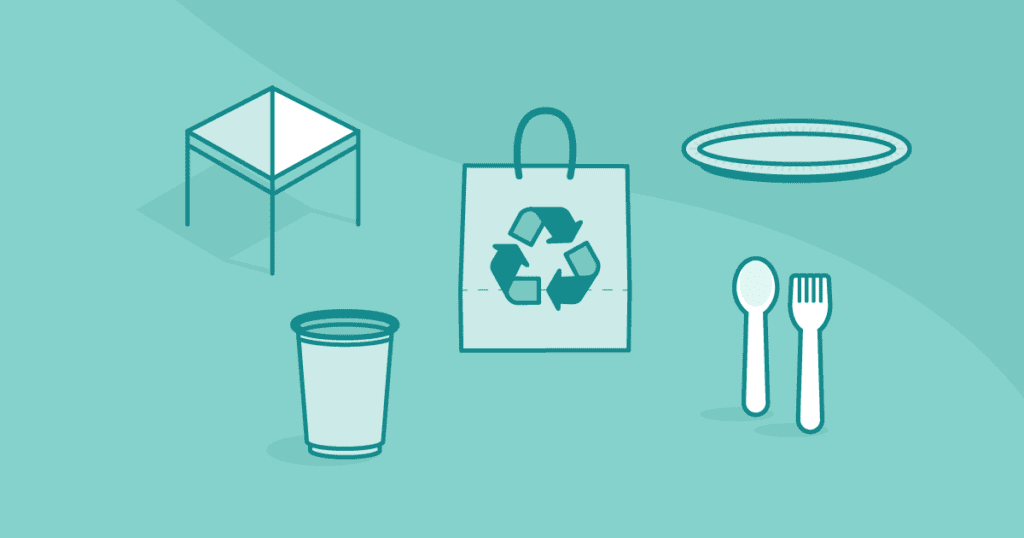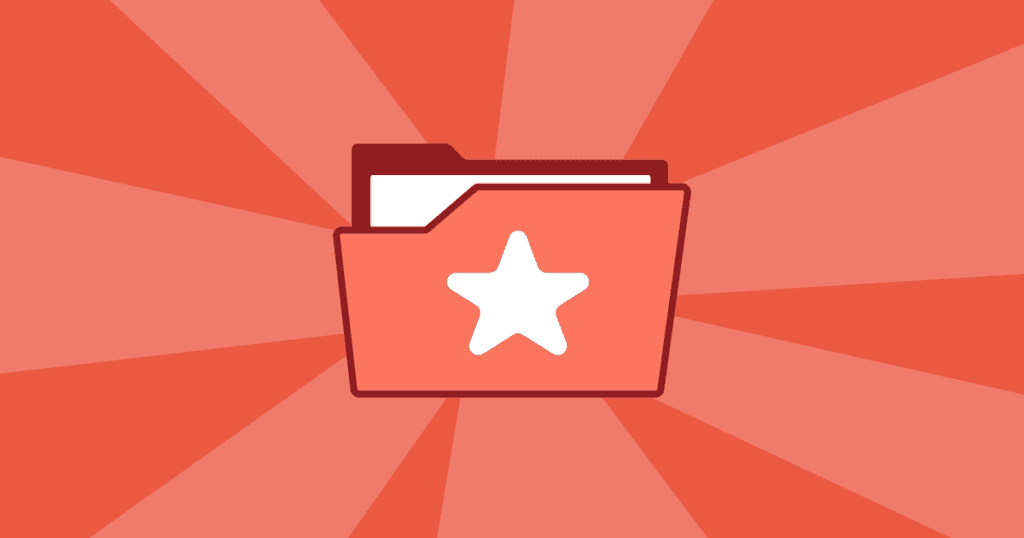Apple’s latest event unveiled the iPhone X, along with several other features that got the tech world buzzing. While features such as facial recognition, a better camera, and augmented reality sound like fun for users, they also offer exciting capabilities for the event world. Brush up on what’s coming for future generations of the iPhone and how it could impact your next event.
Better Cameras for More Compelling Storytelling
The iPhone X will carry two stabilized cameras with 12 megapixels each: one on the front and one on the back. Stabilization uses a spring system to keep the lens steady even at low light levels. This means clearer, crisper photos at night, reduced blur, and better photos when your hands are shaky. The specs include f 1.8 for the standard lens and f 2.4 for the telephoto lens.
Both the iPhone 8 and X come with a portrait lighting mode that could help event planners take better shots of speakers and VIP guests. This mode blocks out everything else in the field of view, delivering you a composed portrait against a black background. This is a major time saver; when the phone does the work, there’s no more worrying about cropping a shot in post-processing.
These camera improvements have instant payoff for the event industry. All too often, event photos are blurry, grainy, or out of focus from the challenges of trying to capture the best shot with poor lighting, glare, crowds, and more. While smartphone cameras sound great for events, they often lack the specs needed to take strong photos — photos you can then use for marketing, promotion, and content creation. The iPhone X camera may solve many of these pain points, so you can rely on your phone for great shots that tell the story.
Augmented Reality Increases Experiential Learning
From the Pokemon GO craze of last summer, it’s clear that devices are a powerful tool for augmented reality. When it comes to events, augmented reality technology — like that on the iPhone 8 and X — can help you create experiential learning for event-goers. Since most attendees already have a smartphone, this is the easiest way to bring experiential learning via augmented reality to your events; otherwise, you’d have to invest in pricey augmented reality headsets.
Consider the potential of, for instance, a revitalized trade show booth where guests use their smartphones to explore content. By living the experience through augmented reality, they walk away with an innate understanding of the product, a positive association with your brand, and an amazing experience to share.
Faster Communication With the Apple Watch
The next-generation Apple Watch replaces the need to carry tablets or other devices for events. If you’re speaking, imagine being able to change slides, cue a video, or stop music with a touch to the wrist. Impress the audience with clean, elegant transitions.
For event registration and management, the Apple Watch makes it easy to send push notifications to event-goers, so everyone gets the latest update.
Guests can use the Apple Watch to pay for event registration or purchase products directly from vendors without reaching for their wallet, thanks to the Apple Pay service. This can speed up registration and check-in while improving the event experience for your audience.
Facial Recognition Boosts Security, Social Media Marketing and Evaluation
Facial recognition was the biggest reveal at Apple’s September event. This capability is still new — it was even buggy at the demo — but it has the capability to transform events as Apple works out the kinks.
Possible uses for facial recognition at events include check-in and registration. The technology can also help with social media marketing by tagging people in photographs. Perhaps the most exciting use case for facial recognition is evaluation. By reviewing facial expressions of event-goers during keynotes and panels, event planners can gauge interest using reactions, instead of relying on post-event feedback.
With all of these new features added to its robust platform, the iPhone has proven its continued relevance for event planners who want a single piece of technology capable of handling the varied tasks of event planning, promotion, and execution.
Sources:
www.bizbash.com/4-types-of-augmented-reality-for-events/new-york/story/32898/#.WcZXmtOGORs
www.everwall.com/blog/how-the-apple-watch-is-changing-the-game-for-event-management/



